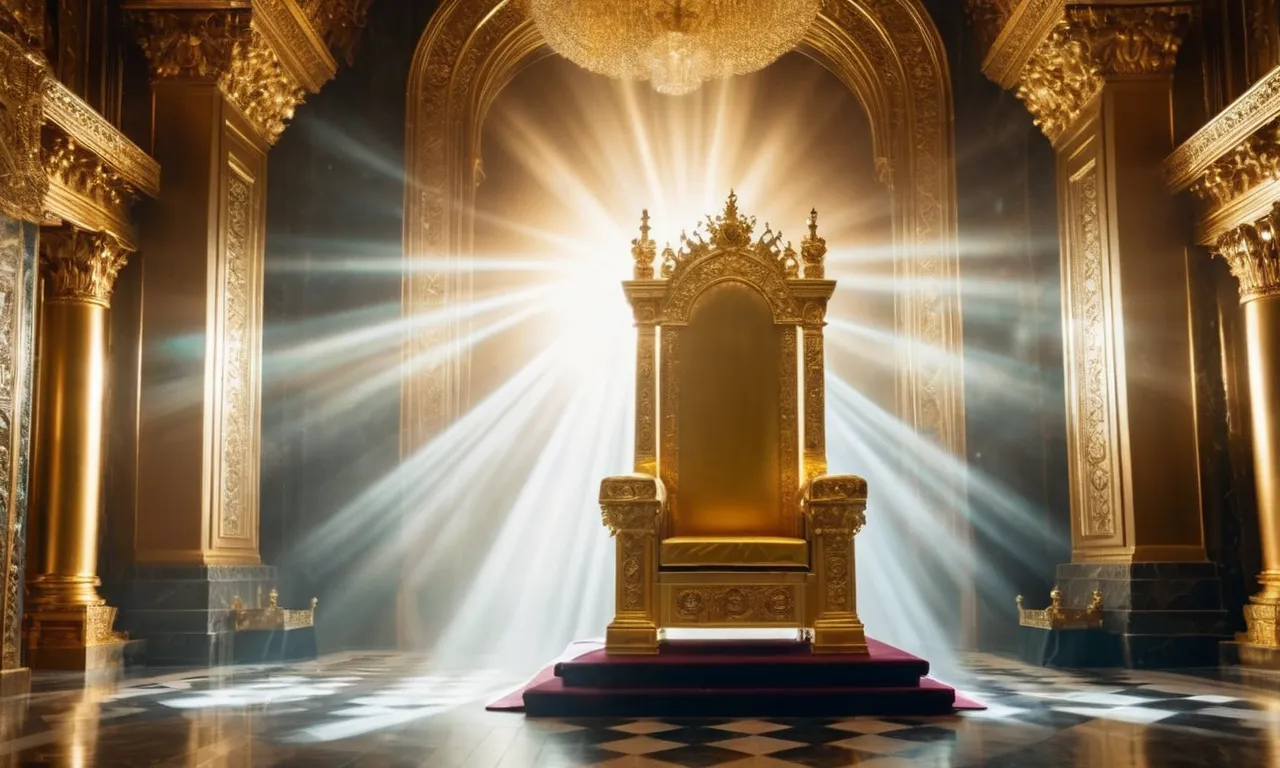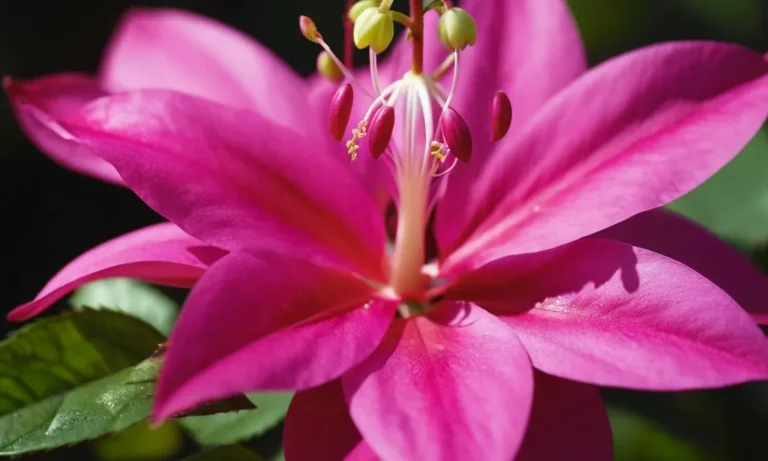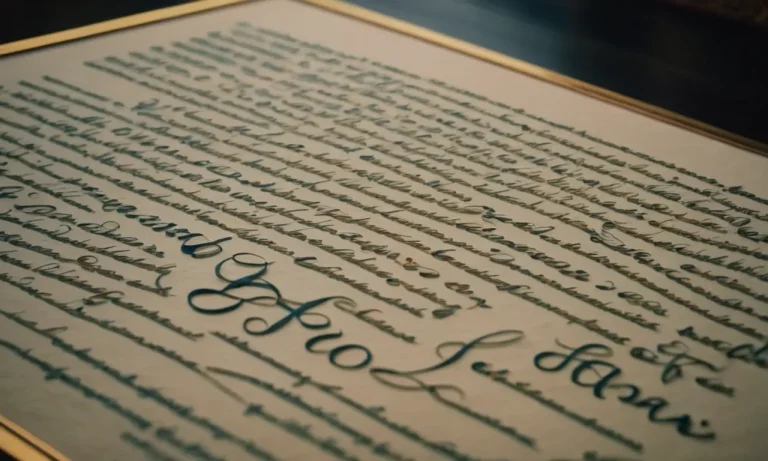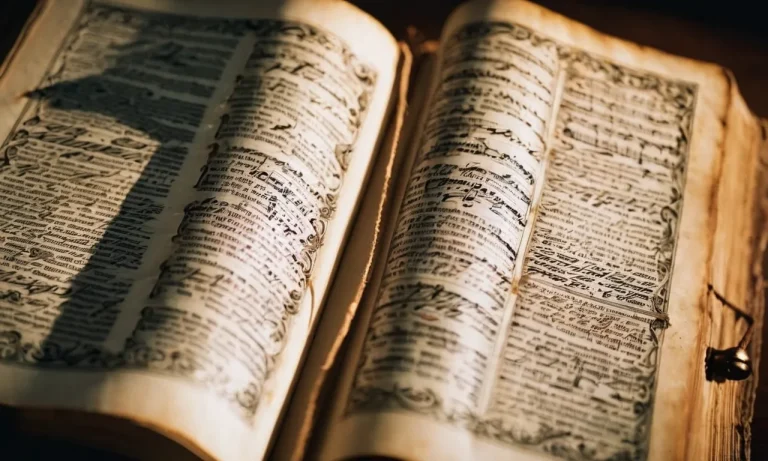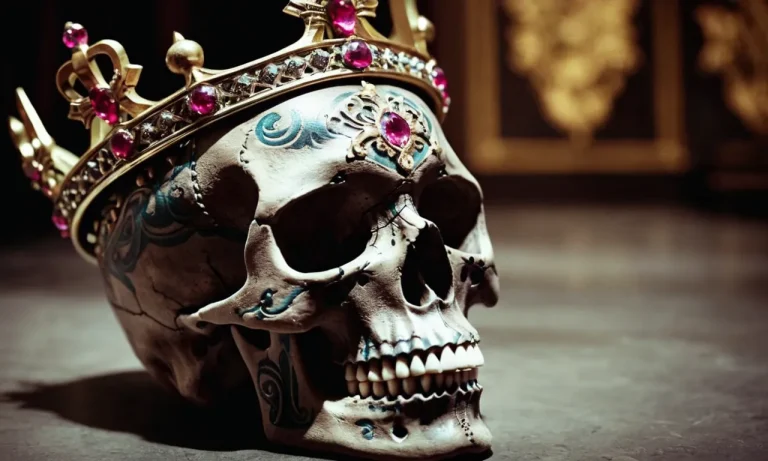What Does The Throne Of God Look Like?
The throne of God is described in mystical and majestic terms in religious texts and theological writings. If you’re short on time, here’s a quick answer: The throne of God is depicted as a magnificent seat of power, authority and judgment, with qualities of precious stones, fire, light and colors that human language struggles to capture.
In this comprehensive article, we will explore in detail the biblical and extra-biblical descriptions of God’s throne. We will analyze scriptural references, commentary from prominent theologians across different faith traditions, as well as mystical visions recounted by saints and prophets over the centuries to paint a picture of this divine seat of the Almighty.
Descriptions of God’s Throne in the Bible
The Throne in Prophetic Visions
The Old Testament prophets had striking visions of God’s throne, often described as a fiery chariot or throne (Ezekiel 1, Daniel 7). These prophetic scenes emphasize God’s sovereignty, glory and judgment.
The throne is described as having wheels of burning fire, gleaming bronze, and flashing lightning. Heavenly creatures called seraphim and cherubim surround the throne. The throne itself seems to be carved out of dazzling jewels and glows brightly.
Later prophets continue describing the throne in majestic terms. Isaiah sees the Lord “sitting upon a throne, high and lifted up” (Isaiah 6:1). The throne fills the heavenly temple, while seraphim call out “Holy, holy, holy is the Lord Almighty!”
This shows that God’s holiness and moral perfection are central features of his rule.
The Throne in Heavenly Scenes
The Book of Revelation contains striking descriptions of God’s throne room in heaven. John sees a magnificent throne with jewels, torches, lightning and thunder (Rev. 4). The One seated on the throne glows like jewels, emphasizing his glory and majesty.
24 elders and four living creatures surround him, joining in perfect praise and worship.
This throne scene demonstrates God’s transcendence above all earthly powers and total sovereignty over creation. It is meant to encourage Christians suffering persecution that God reigns supreme. He will ultimately triumph over the forces of evil and rebellion in the world.
Believers can have hope by looking to the eternal throne, not temporary earthly troubles.
God’s Throne and the Final Judgment
The final book of the Bible climaxes with a depiction of God’s judgment throne. Revelation 20 says a great white throne will appear at the end of the age when God judges all people according to their deeds.
The earth and sky flee from the dazzling throne, perhaps indicating God’s judgment will transform all of creation.
This judicial throne scene reminds readers that human actions have consequences before our Creator. For believers, it is a call for ethical living today. For unbelievers, it is a sobering call for repentance.
While the first glimpses of God’s throne emphasized his glory and holiness, this final vision reveals his justice and righteous anger over sin.
Analysis from Theologians and Scholars
The Throne as a Seat of Authority
Theologians have long viewed God’s throne as representing His divine authority and sovereignty over all creation (Isaiah 66:1). The throne is seen as a symbolic seat of power, denoting God’s supreme rule and control over the universe He created.
According to Scripture, the throne radiates brilliant light (Psalm 104:2), has a rainbow encircling it (Revelation 4:3), and is surrounded by other symbols of power like lightning and thunder (Revelation 4:5). These vivid images convey God’s majesty and omnipotence.
The throne is also closely associated with justice and righteousness (Psalm 89:14). As the ultimate judge, God dispenses perfect justice from His throne, setting right all wrongs. His judgments are always righteous and true (Psalm 97:2).
The Cosmic Symbolism of Precious Stones and Elements
Scholars point out the possible cosmic symbolism of the precious stones and elements associated with God’s throne in Scriptural visions.
The jasper and carnelian stones may represent the sky and fire. The rainbow emerald may symbolize vegetation and the earth. The sea of glass may signify the primordial waters. These are cosmic elements that make up the natural world (Exodus 24:10, Revelation 4:6).
This suggests God reigns over all the spheres of the cosmos – the heavens, earth, and sea. He is the eternal Creator that set all the stars, planets, and galaxies in motion. As the source of all natural laws, His throne transcends and governs the physical universe.
Attempts to Capture an Ineffable Mystery
Of course, while these symbolic descriptions try to capture an ineffable mystery, most theologians believe God’s throne ultimately transcends human categories and concepts (Isaiah 55:8-9). Its glory and magnificence far exceed even the most vivid imaginations and extravagant visions.
As reformer John Calvin expressed, “For God’s throne is not a material throne like those on which earthly princes sit, but we must think more deeply of the glory with which God is surrounded.” It is this weighty glory that Scripture attempts to convey when it speaks of the awe-inspiring Throne of God.
Visions and Dreams in Mystical Traditions
Throne Visions in Christian Mysticism
Christian mystics and visionaries have reported seeing visions of God seated on a magnificent throne in Heaven. The Bible itself contains several throne visions, such as Isaiah’s vision: “I saw the Lord seated on a throne, high and exalted” (Isaiah 6:1).
Throughout history, Christian mystics and saints have sought to glimpse the glory of God’s throne room.
In the 12th century, Hildegard of Bingen recorded visions of seeing God “shining splendidly on His royal throne.” Even in modern times, some Christian near-death experiencers have reported being brought before God’s dazzling throne.
In one example, an American woman named Angie Fenimore wrote a bestselling book in the 1990s describing her near-death vision of God’s throne, which looked like “a gigantic multi-faceted diamond.”
The Throne in Islamic Mysticism
In Islam, Allah’s throne (‘arsh) is considered the greatest thing created by God. The Quran refers to the mighty ‘arsh of Allah several times. Muslim mystical philosophers like Al-Ghazali speculated about the nature and appearance of God’s throne.
According to Al-Ghazali, Allah’s ‘arsh encompasses all of creation and is borne by four pillars or angels. His throne serves as a magnificent seat for Allah above all heavens.
Islamic mystics strive to draw near the throne of God through their spiritual efforts. In his famous “Ascension” (Mi’raj), the prophet Muhammad was supposedly transported to the highest heaven to behold the dazzling throne of Allah.
Later Islamic philosophers tried to interpret Muhammad’s visionary experience and convey the magnificence of God’s throne.
Parallels in Other Faiths
Visions of a central, elevated throne occur in several religions – for example, Hinduism also conceives of an effulgent “Vishnu throne” in the highest heaven where God reigns. Ancient Mesopotamian and Egyptian writings describe elaborately decorated thrones for their highest gods.
Mircea Eliade’s classic book The Sacred and the Profane explains how throne symbolism recurs because it represents deity, power, authority and the sacred cosmos.
So across cultures, throne imagery emerges as a prominent way of expressing human intuitions about the highest principle that governs the universe – whether conceived of as Yahweh, Allah, Vishnu, Osiris or otherwise.
Mystics attaining visions of the Divine Throne often interpret it as the symbolic apex where all levels of reality converge.
Conclusion
As we have seen, the throne of God holds profound symbolic meaning in many religious traditions. While theological analysis offers some insight, mystical visions most vividly capture the indescribable majesty and wonder of God’s seat of power and judgment.
The limitations of human perspective and language mean that any description ultimately falls short – the throne remains an eternal divine mystery far beyond the scope of mortal comprehension.

